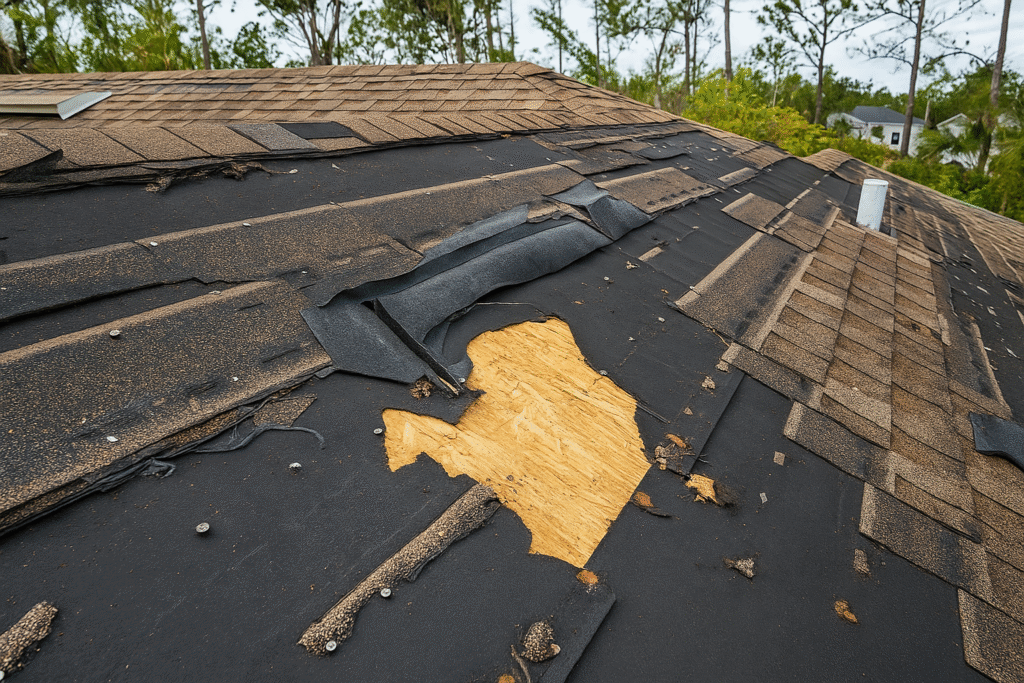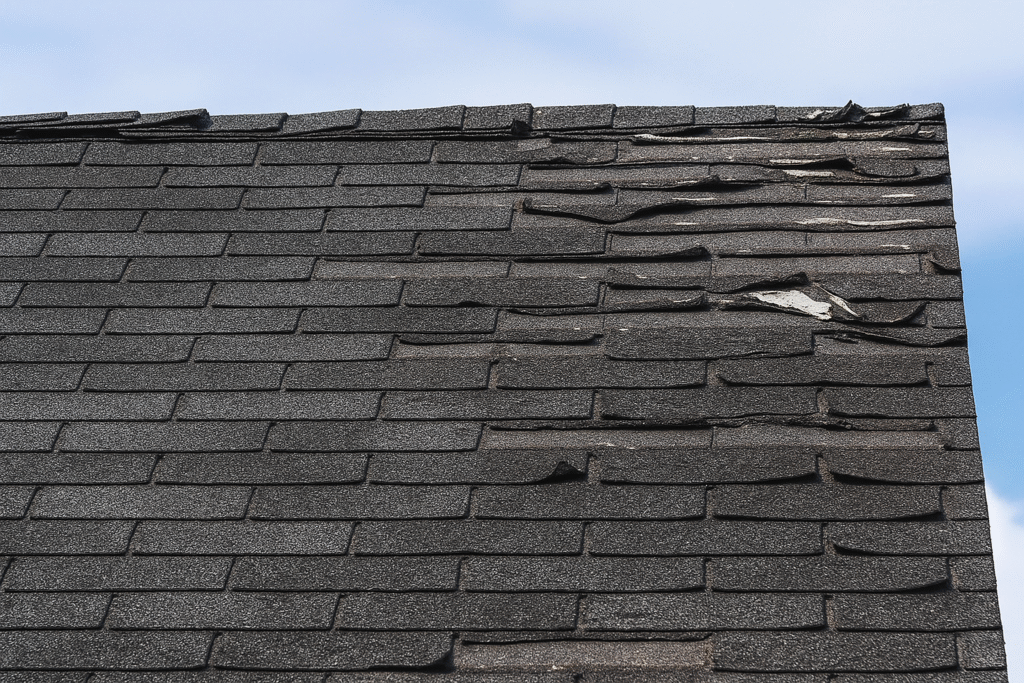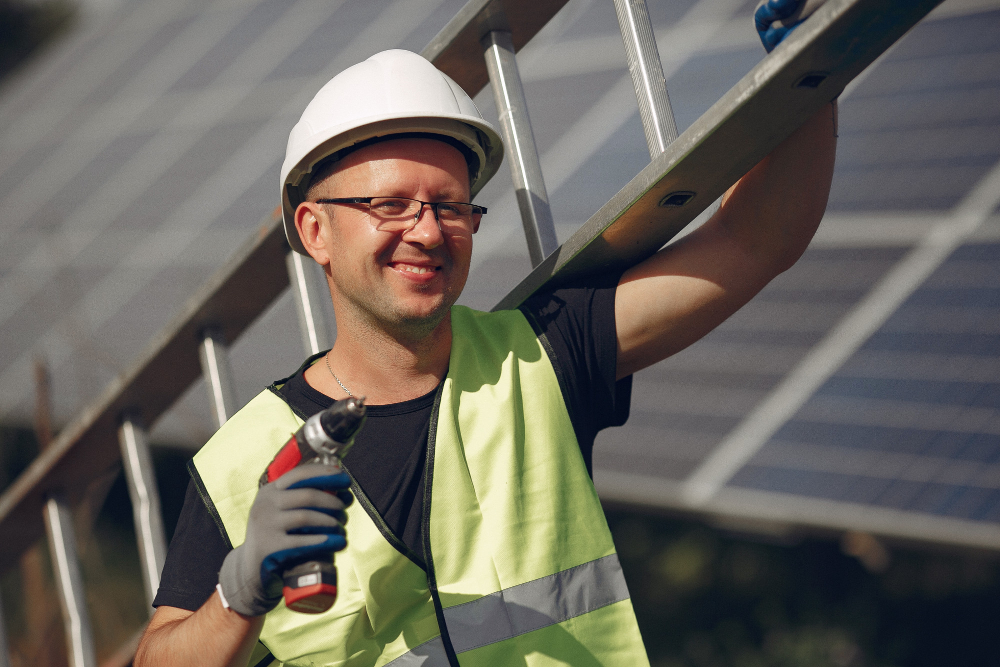Is Thermal Shock Damaging Your Florida Roof?
Roof Repairs
Roofing
Storm Damage
October 9,2025

The daily cycle of intense sun followed by a sudden rainstorm is a familiar part of life in South Florida. For your roof, however, this pattern creates a condition known as thermal shock—a leading cause of wear and tear in our climate.
At FoxHaven Roofing, we regularly see the long-term effects of this stress. Understanding what’s happening above your head is the first step toward protecting your home. This guide will walk you through the signs of thermal shock damage and the most effective ways to prevent it.
Why Is Thermal Shock a Major Concern in South Florida?
South Florida’s climate creates a perfect storm for thermal shock. Your roof can easily reach over 150°F under the intense sun, causing the materials to expand. When a sudden downpour cools the surface by 40-50 degrees in minutes, those same materials contract rapidly. This daily expansion and contraction cycle weakens your roof far more quickly than in milder climates.
Did You Know? A roof surface can heat to over 150°F and then be drenched by 80°F rain in a matter of minutes. This drastic 70°+ temperature swing is the direct cause of thermal shock.
Combined with high humidity, corrosive salt air, and intense UV radiation, this process means a local roof requires more robust materials and diligent care to perform as it should.
What Happens to a Roof During Thermal Shock?
Thermal shock causes cumulative damage that isn’t always visible at first. The constant stress of expansion and contraction gradually degrades the integrity of your entire roofing system.
This relentless cycle can cause hairline cracks in tiles and shingles, which widen over time. It weakens the adhesive bonds in sealants, making them brittle and causing them to fail around flashing and vents. As materials shift, fasteners can loosen, creating subtle entry points for moisture. Over time, this damage compromises your roof’s ability to protect your home, leading to leaks and the need for a premature replacement.
How Can You Identify Thermal Shock Damage?

A professional can spot the tell-tale signs during an inspection, but homeowners can also look for key indicators. Visually inspect your roof for shingles that are curling, cupping, or blistering. Check your gutters for an accumulation of sand-like granules—a sign that your shingles are losing their protective layer. On tile roofs, look for small, web-like cracks.
If you notice any of these issues, especially after a storm, it’s a strong signal that thermal shock is taking a toll.
Key Takeaway: The most effective defense against thermal shock is proactive. Choosing materials engineered for Florida’s climate and ensuring proper installation are the two most important decisions you can make to protect your investment.
How Can You Protect Your Roof from Thermal Shock?
While you can’t change the weather, you can fortify your roof against it. The best strategies focus on material selection and system design.
- Choose High-Performance Materials: Standard shingles often fail under constant thermal stress. We recommend materials proven to withstand these conditions, such as high-grade architectural shingles, concrete tiles, or metal roofing systems. These options are engineered for greater flexibility and durability.
- Ensure Proper Attic Ventilation: A well-ventilated attic prevents extreme heat buildup, keeping the roof deck cooler. This reduces the temperature difference during a storm, thereby minimizing the severity of thermal shock.
- Consider Reflective “Cool” Roofing: Light-colored or reflective materials bounce solar radiation away from your roof. A lower surface temperature means less expansion and contraction, which also translates to lower energy costs.
- Invest in Quality Installation: Even the best materials will fail if not installed correctly. A professional installation ensures that your roof system can flex and adapt to temperature changes without sustaining damage.
Pro Tip: Proper attic ventilation is one of the most effective and often overlooked defenses against thermal shock. It lowers the peak temperature of your roof, significantly reducing the stress from rapid cooling.
Can Thermal Shock Damage Be Repaired?
The appropriate response depends on the extent of the damage. If the issues are isolated—such as a few cracked tiles or localized sealant failure—a professional repair may be sufficient.
However, if thermal shock has caused widespread material degradation, a full roof replacement is often the only responsible solution. Patching a system that is failing everywhere provides a false sense of security and can lead to more significant problems down the road.
Important Note on Insurance: Damage from gradual thermal shock is typically considered “wear and tear” and is often not covered by standard homeowner’s insurance policies. Proactive maintenance is your best financial protection.
Protect Your Home with an Expert Roofing Partner

In South Florida, a roof must withstand more than just hurricanes. It has to endure the daily assault of thermal shock. Choosing the right materials and a contractor who understands our unique climate is a necessity.
If you’re concerned about the condition of your roof or have noticed signs of wear, contact FoxHaven Roofing today. We provide comprehensive inspections and clear, honest guidance to help you make the best decision for your home.

